Prototyping prior to launching
Gratitude to the 4 design consultants in Switzerland, Spain, Germany and Portugal involved in the prototyping of the design. Despite distance, Covid-19, and restrictions, we made it!
Helping older people: an additional motivation
This will be a product created by end-users for the benefit of themselves. We are just putting engineering to work, translating needs into well-being, physical limitations into freedom. Design Thinking in its purest state to create an innovative fall-preventive zimmer frame.
Needless to say that, the product will strictly follow all ecodesign rules to provide a top-quality solution without harming the environment. Well...we have just said it :) The art of wasting materialsIn our complicated system, even the little pleasure of munching a chocolate at work can also harm the Planet. A wrong decision with the waste plastic wrap can yield unexpected results in the environment: from feeding a turtle in the ocean to being part of the landscape for centuries. Extrapolating this to the tens of products we use daily and multiplying it by some thousands of million consumers in the world, we will agree the impact per day of badly-managed waste packaging can’t be neglected. Wrapping, packaging and boxes make sense in a production chain. They exist to prevent products from degradation, wear, damages or breaking before their consumption or use. But, haven’t we gone too far? I’m sure you will have bought products in boxes containing boxes with more boxes and bubble plastic in them (typical of e-commerce). Or maybe fitted into shaped plastic containers, wrapped in plastic, placed in a box also wrapped in plastic (industrial biscuits, for instance). Yes. There’s room in the industrial world for ridiculousness. Is it really necessary to wrap and pack all products? Or rather, to wrap and pack products already wrapped and packed!? Which are the consequences of this inefficient use of materials for our lives and the environment?
Can't see the wood for the treesA pal of mine is building up his house, and he’s determined to install both solar heat collectors and photovoltaic panels on the roof. He asked me for advice and, talking about that, he came up with a horrific idea that made me shiver with unease by his tone of conviction “well…I’ll have electricity and hot water from 100% renewable power: I can forget at last about turning off the lights or caring about closing the hot water tap [… ]” (I cut the rest for the sake of politeness).
Stockholm, Copenhagen, Amsterdam… Modern cities full of charm. And how lovely it is to stroll with your bike without getting home with your face covered in dust from the car exhaust gas. However, how unkind it is to carry your new IKEA wardrobe or the groceries to your house door! There’s a huge debate both on the streets and in many parliaments about pedestrianisation of some European cities, that become emotional since it affects entirely people’s daily affairs.
De los creadores del día de San Valentín y del día la marmotaSegún los historiadores, el Kung-Fu surgió en China allá por el S.VI, pero no fue perfeccionado hasta mediados del S.XX cuando aparecieron las primeras campañas de rebajas en los centros comerciales. Aquello que en principio surgió como una solución para dar salida al stock acumulado durante el año o para obtener beneficios por venta masiva, ha marcado para muchos un estilo de vida. Incluso hay gente en las ciudades que ya no divide el año en estaciones, sino en periodos de rebajas, como se hace en las viñas con la vendimia o en la mar con la temporada del jurel. En este marco se sitúa el Black Friday, la fiesta anual del consumismo por excelencia. Este fenómeno (como lo conocemos hoy) surgió en EEUU hace décadas como comienzo de la campaña comercial navideña tras la noche de Acción de Gracias.
How was life like before e-commerce? Thanks to it, goods and services are available worldwide with a single click. Also, it's a means to expand the market for many companies in a globalised world. However, shipping items from one corner of the planet to another requires assuring these arrive in perfect conditions. For this, proper packaging is a must. But, does it mean these goods must be covered with layers and layers of protecting material? Here we share this real life example. The image on the left shows one of the two cups bought by e-commerce. Each of these where packaged in a small cardboard box, enough to protect it during transportation (maybe also wrapped with some old crumpled newspapers to be on the safe side?).
Surprisingly, these boxes where likewise put into a much bigger cardboard box, with LDPE bubble plastic to fill the vast remaining empty space inside. So, in the picture on the right, you have the total amount of cardboard and plastic used to protect the two cups... isn't it crazy? Okay: both cardboard and LDPE are recyclable materials. Yet, some important questions remain open:
The fact is that, to ship around 960cm3 of fragile items, they used a 18.816cm3 volume. In other words: the packaging is about 20 times larger than the volume of the items! If we also analyse the weight added by useless protection materials, the situation becomes even more outrageous. Efficient use of transported volume is crucial for a sustainable transport system. Be that by ship, by plane, by train, by road, there is energy and fuel involved. A bad management of wrapping and packaging materials, leads to the release of emissions just to transport air in containers. In this case, 95% of the volume is air. It's worth to say that this is not an exclusive feature of e-commerce. We can daily find overpackaged items anywhere (meat, fish, veggies, biscuits, cleaning products, clothing, tools and DIY materials... even wrappings and containers!) Eco-tips to not contribute to this craziness:
Can you come up with something else? Would you like to share your experience with us? Feel free to comment! |

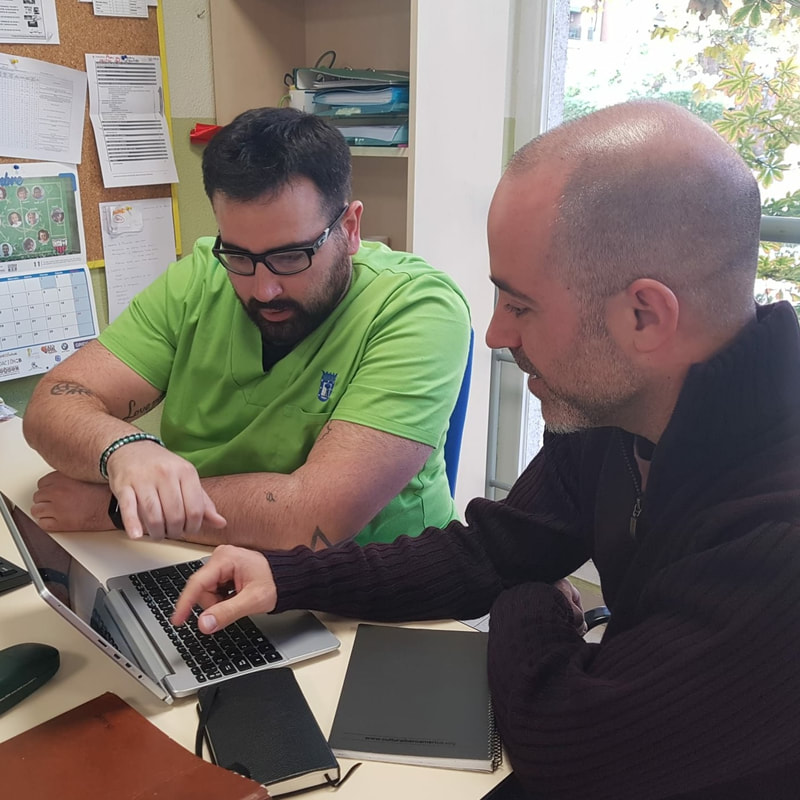


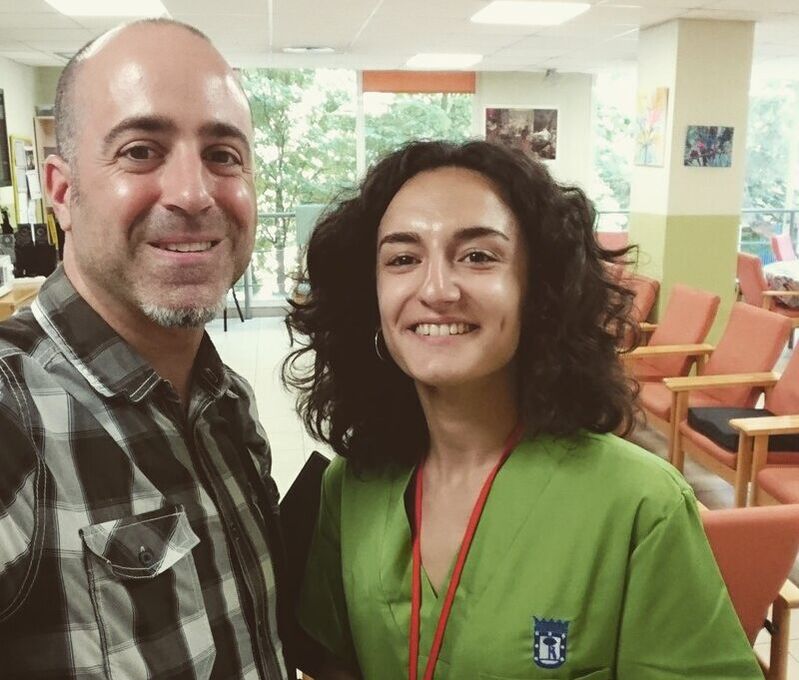
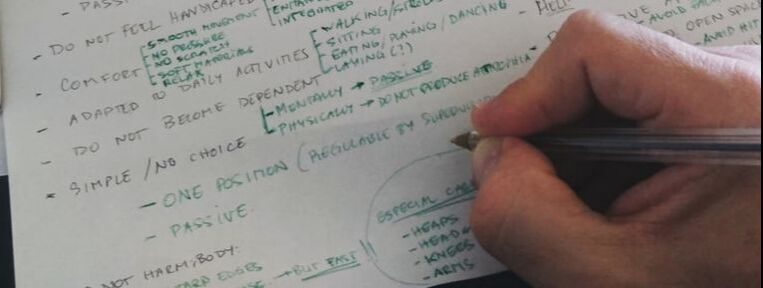
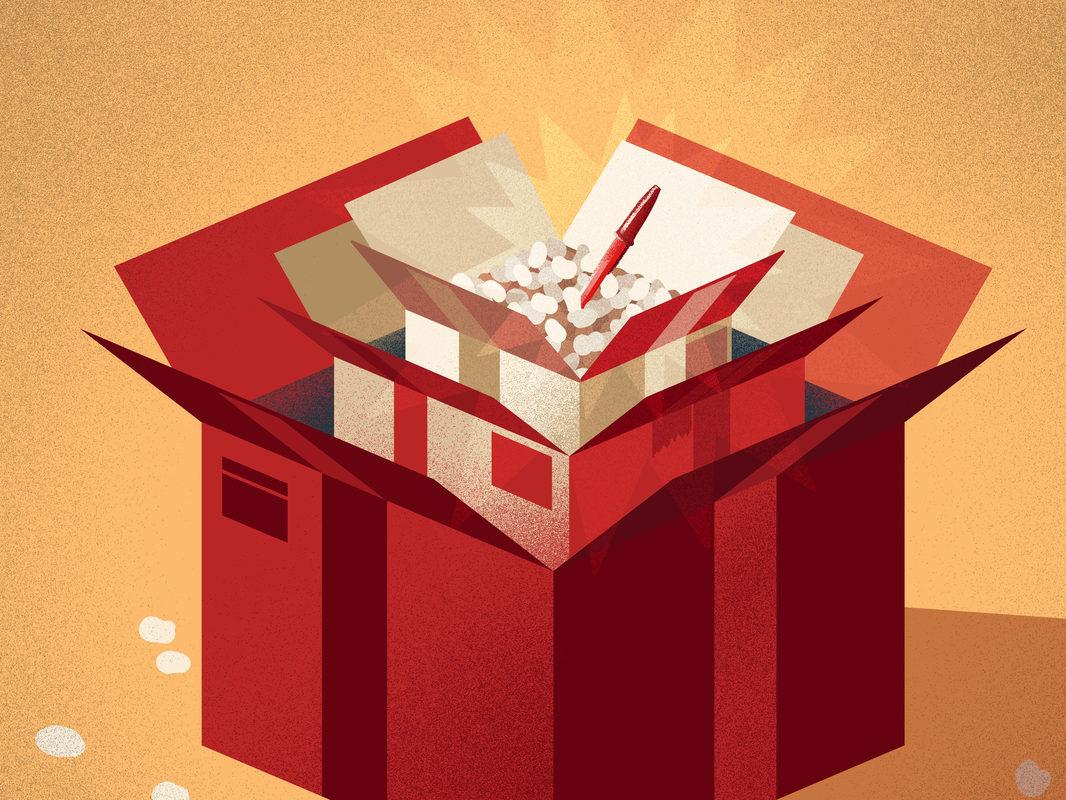
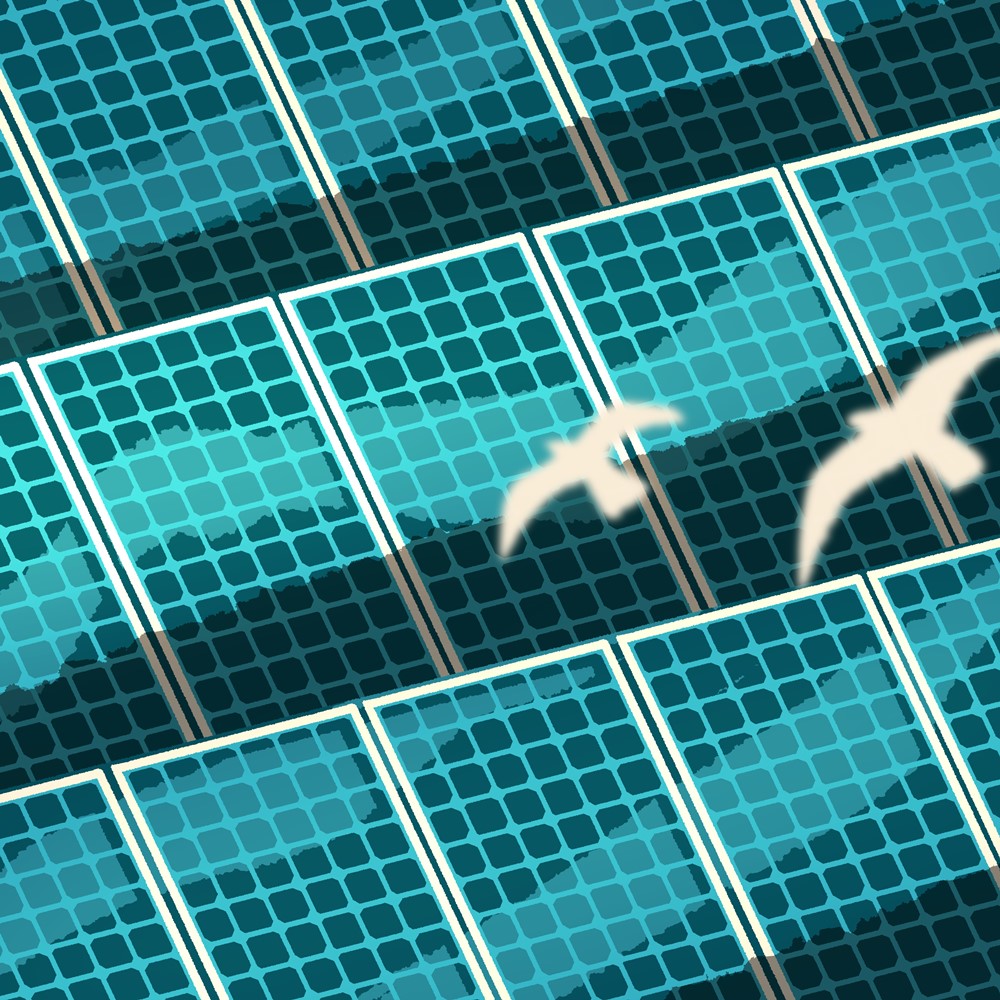
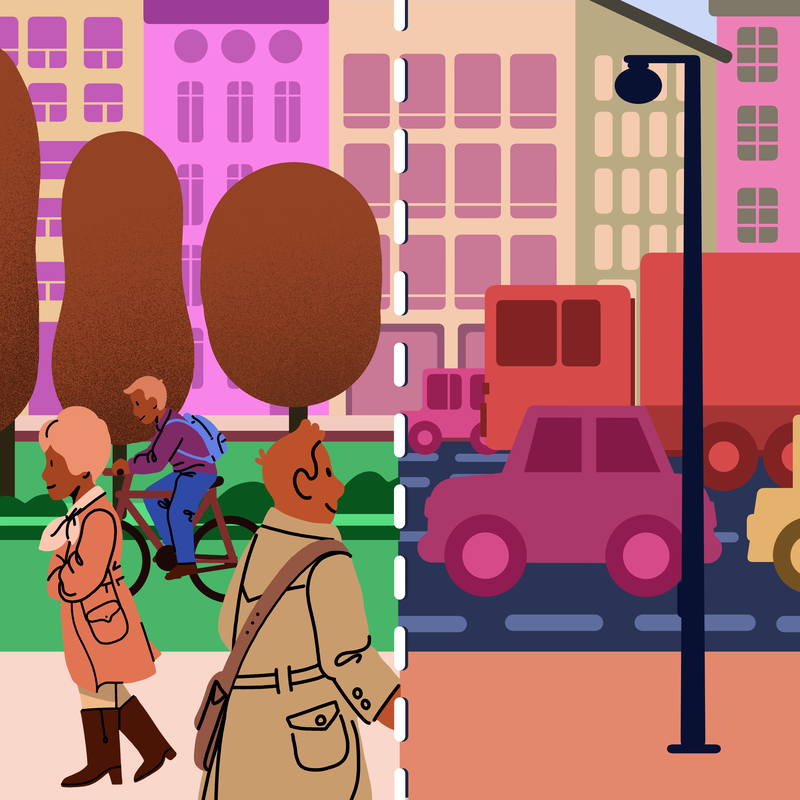
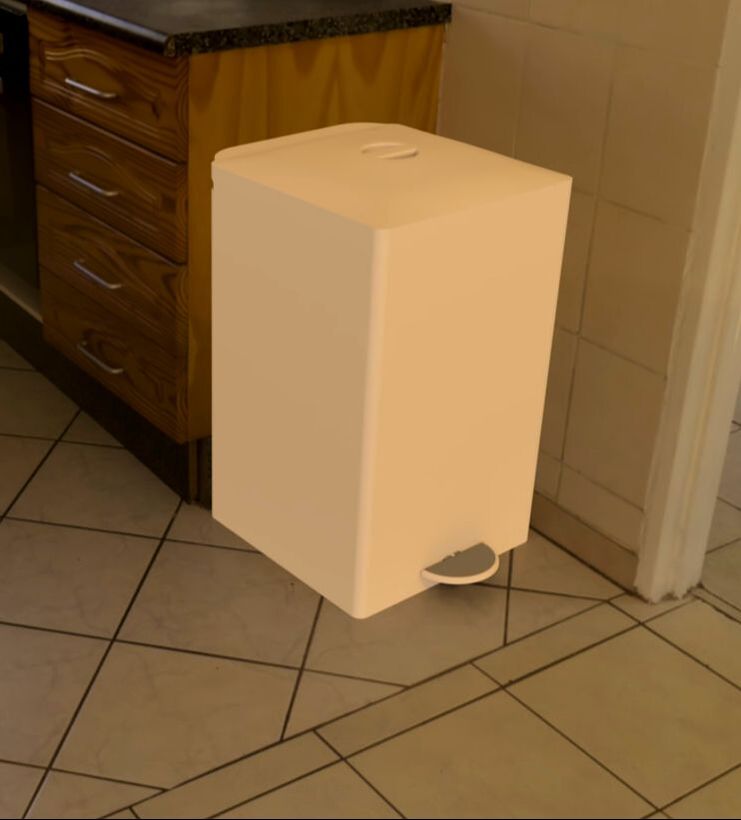
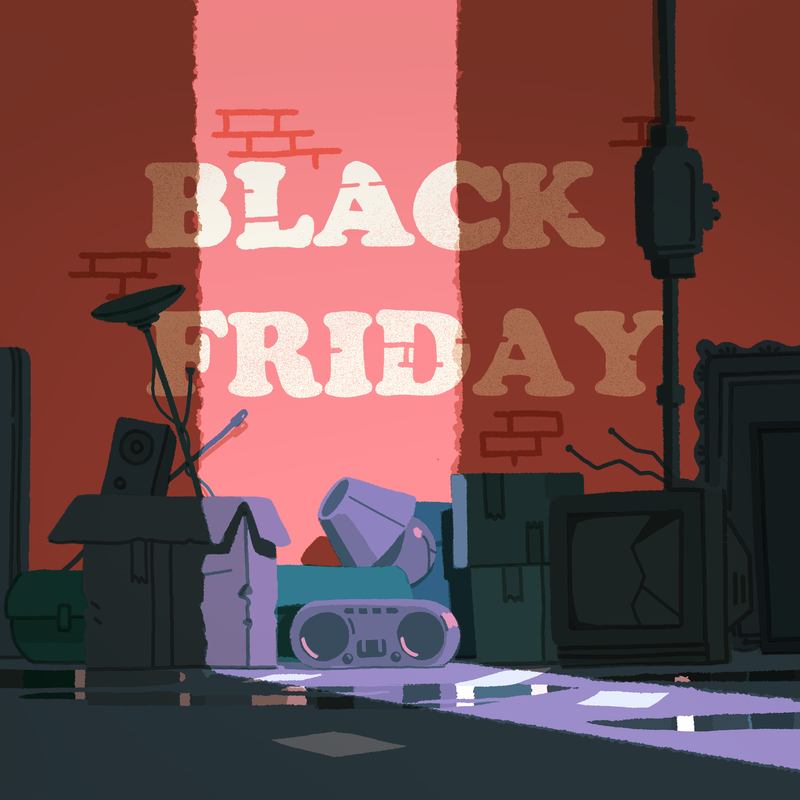
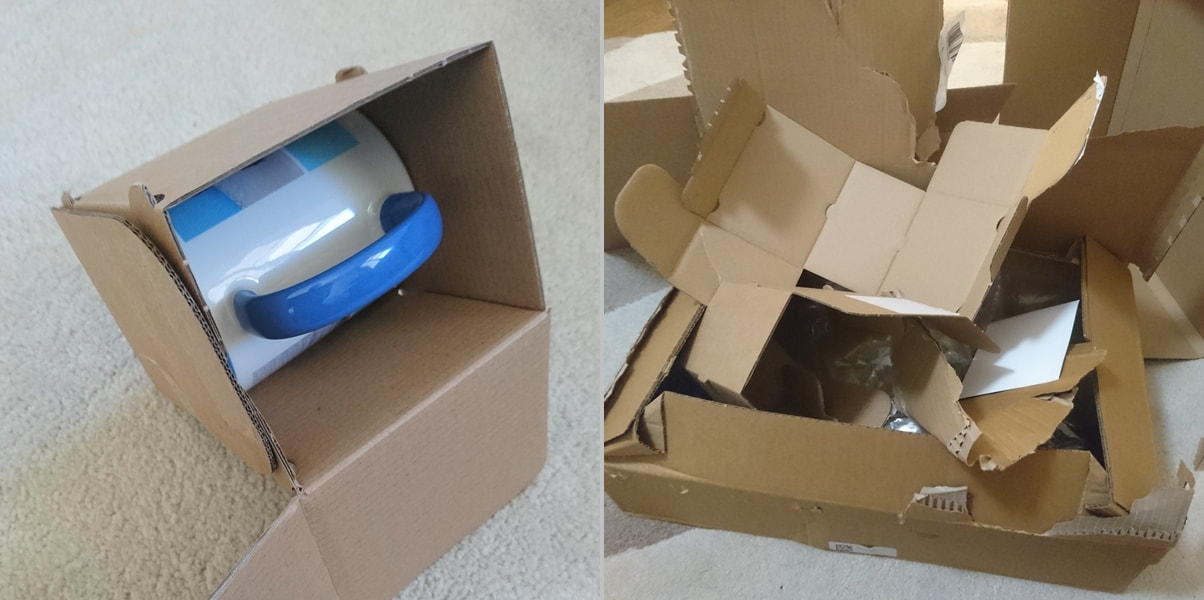
 RSS Feed
RSS Feed


